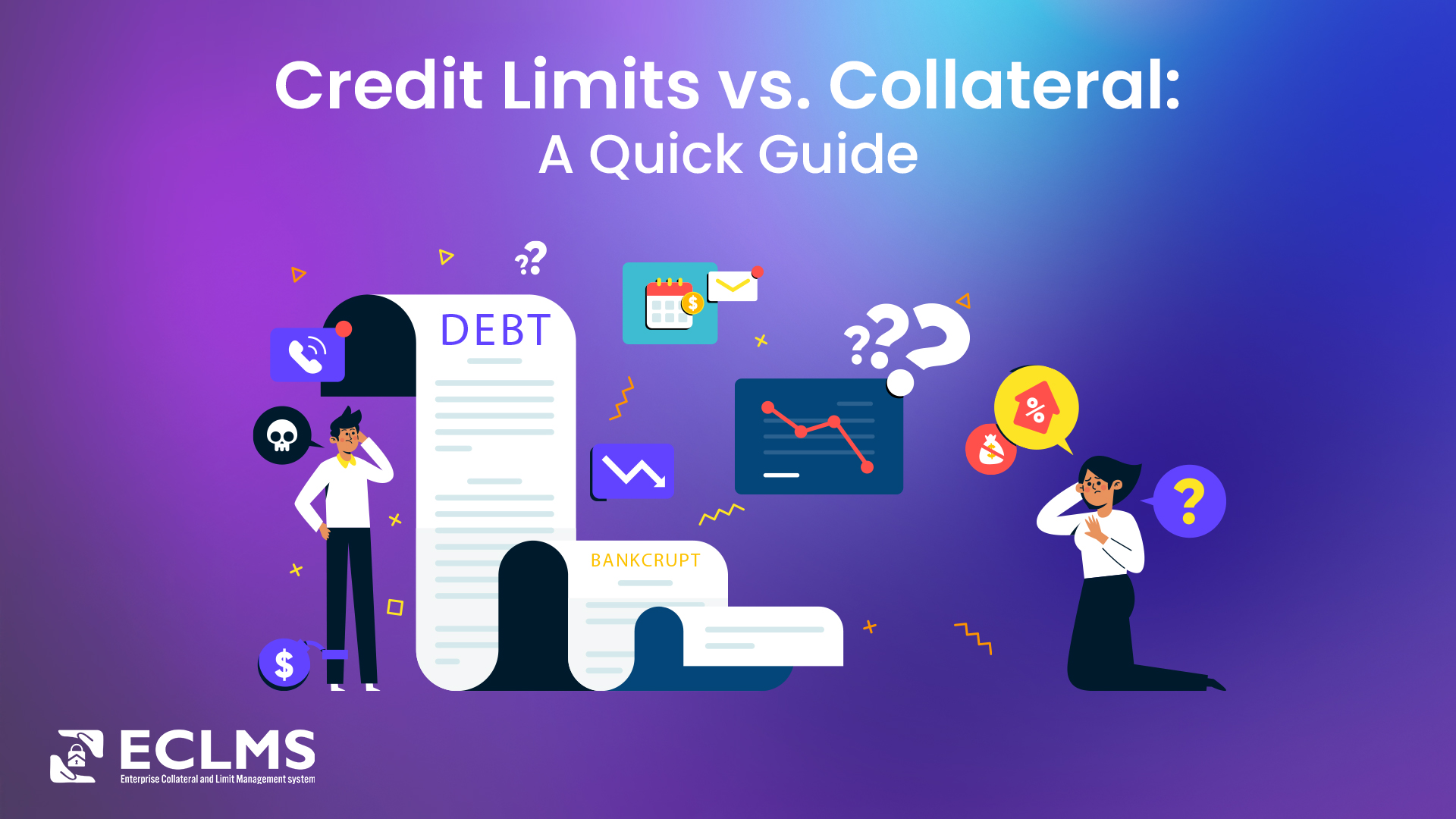
Ten years ago, a payment between two banks could take 1–3 business days. Today, in many countries, money moves in 10 seconds or less, 24 hours a day, 365 days a year. Systems like UPI in India, Pix in Brazil, FedNow in the USA, and SEPA Instant in Europe have made real-time payments the new normal.
Why Real-Time Payments Change Everything for Liquidity
- No more “float” In the old batch world, banks knew exactly when money would leave and arrive. They could use the 1–2-day float to earn interest or invest short-term. That float is now gone.
- 24/7/365 outflows Customers can now move money on Friday night, Saturday morning, or Christmas Day. Your liquidity has to be ready at 3 a.m. on a public holiday.
- Instant visibility = instant reactions When a large corporate pulls ₹500 crore at 11:55 p.m., you see it immediately — and so do your regulators and rating agencies.
- Higher intraday swings Studies show that intraday payment volumes can be 5–10 times higher than end-of-day net positions in real-time regimes.
The New Rules of Liquidity Management
Here are the practical steps successful banks and fintechs are taking today:
1. Move from “End-of-Day” to “Real-Time” Treasury
Old way: Look at balances once a day at 6 p.m.
New way: Monitor positions continuously (every 5–15 minutes or even second-by-second).
Tools that help:
- Real-time dashboards
- Treasury management systems (TMS) connected directly to the Real-Time Payments rails
- API-based position keeping
2. Build Bigger and Smarter Buffers
You need more high-quality liquid assets (HQLA) than before because:
- Outflows are unpredictable in timing
- Central bank standing facilities may be closed on weekends/holidays
Many banks have increased their intraday liquidity buffers by 50–100% after moving to real-time.
3. Pre-fund Nostro Accounts Strategically
In cross-border real-time (e.g., SWIFT GPI, Ripple, or upcoming systems), you often need to pre-fund accounts in multiple currencies and time zones. Smart banks:
- Use AI to predict daily and hourly funding needs per currency
- Keep “just-enough” instead of “as-much-as-possible”
4. Use Intraday Liquidity Tools from the Central Bank
Many central banks now offer:
- Intraday credit (sometimes collateralized, sometimes uncollateralized)
- Open repo facilities 24/7 Make sure your operations and collateral teams are ready to use them instantly.
5. Automate Liquidity Transfers
Top performers use:
- Standing instructions and rules engines that move money automatically when balances cross thresholds
- “Liquidity bridges” between payment systems (e.g., RTGS, Fast payments, CBDC when it comes)
6. Stress Test for the New Reality
Old stress scenarios (“What if 5 big corporates leave at day-end?”) are not enough. New questions:
- What if 30% of salary credits hit at 00:01 on the 1st of the month?
- What if a viral social Real-Time Payments campaign moves ₹1000 crore in 30 minutes?
7. Turn Liquidity into a Product
Some forward-thinking banks are now offering “Instant Liquidity as a Service” to corporate clients and fintech partners — charging a small fee for guaranteed 24/7 availability.
The Winners and the Strugglers
Winners are:
- Banks that invested early in real-time treasury platforms
- Neobanks that were “born” in real-time and never had legacy batch thinking
- Fintechs that partner with banks for funding while offering better customer experience
Strugglers are:
- Banks still running end-of-day Excel sheets
- Institutions that treat real-time payments as “just another payment rail” instead of a fundamental business model change
Final Thought
Real-time payments are not a technological upgrade. They are a complete rewrite of how money, risk, and customer expectations work.
The banks and fintech’s that treat liquidity management as a 24/7, data-driven, automated capability will win the next decade.
Those that keep managing collateral and limits with end-of-day spreadsheets, emails, and manual approvals will slowly (or suddenly) run out of cash—or breach their regulatory limits—at the worst possible moment.
This is exactly why leading institutions are now moving to a single platform that:
- Tracks collateral pledges, haircuts, and eligibility in real time
- Monitors intraday limits across payment systems, currencies, and counterparties (including central bank intraday credit)
- Automatically blocks or warns before a payment would breach LCR, NSFR, or internal risk limits
- Optimizes collateral usage across intraday liquidity facilities, repo markets, and clearing systems 24/7
- Gives treasury, risk, and operations one live truth instead of 15 different reports
Building or upgrading a real-time enterprise collateral & limit management system? We at SmitApps Technologies help banks and fast-growing fintech’s do exactly that—live, automated, and regulator-ready.
Drop us email at [email protected] if you’d like to see it in action.



